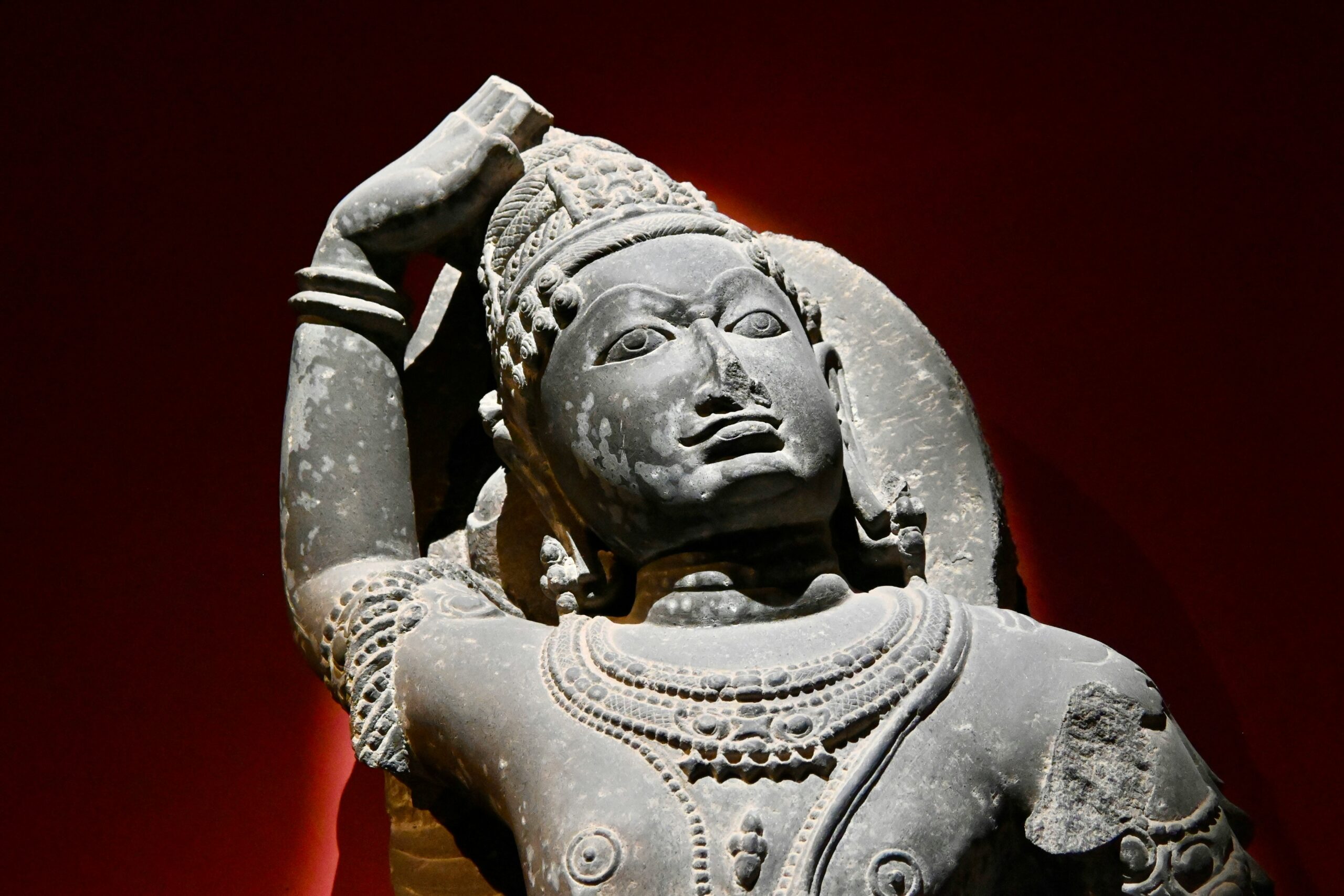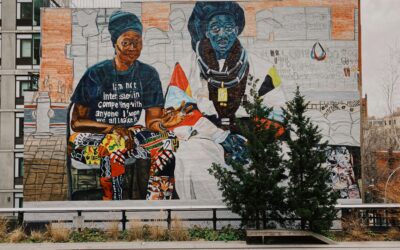Art is not created in a vacuum. Each sculpture carved from stone, molded in bronze, or cast in marble carries more than just the fingerprints of its creator—it holds the values, beliefs, and ideals of its time. Ancient statues, in particular, serve as a time capsule of what it meant to be human in different civilizations.
As we move through time—from early Mesopotamia to the Greek Golden Age, and on to Imperial Rome—we can trace how sculpted figures evolved alongside changing notions of beauty, power, divinity, and identity. These statues are more than decorative relics. They are visual philosophies.
Statues as Symbols of Idealized Humanity
In ancient Greece, sculptures weren’t just about representation—they were about perfection. The Greeks believed in an ideal form, one that blended physical strength with rationality and proportion. The human body was celebrated, measured, and mathematically idealized. Sculptors like Polykleitos even created canons of proportion, turning anatomy into a system of divine harmony.
Take the Doryphoros (Spear-Bearer) for example. With its balanced contrapposto stance and meticulously calculated ratios, it represents the Greek ideal of kalokagathia—the harmony between physical beauty and moral virtue.
But ideals are not fixed. They evolve with society’s shifting gaze.
From Divine to Real: Rome’s Changing Representations
The Roman world inherited much from Greece, but added its own twist. Roman statues began to favor realism over perfection. Wrinkles, blemishes, even expressions of worry and fatigue became more common—particularly in portraits of philosophers, politicians, and emperors.
Why? Because Roman society valued public service, gravitas, and civic duty. A furrowed brow was a sign of a thoughtful leader, not a flaw. Their statues told stories not of gods, but of human struggle and worldly responsibility.
This shift from idealized beauty to individual personality reflects a deeper change: the move from mythic aspiration to civic realism.
The Female Form: From Fertility to Individuality
In prehistoric times, female statues like the Venus of Willendorf emphasized exaggerated features linked to fertility and motherhood—wide hips, large breasts, rounded bodies. These were not portraits, but symbols—embodiments of life-giving power.
Centuries later, in the Hellenistic period, female sculptures became more individualized and emotional. Consider Aphrodite of Knidos—graceful, sensual, and humanized. The divine was becoming more relatable, reflecting a cultural shift toward emotional intimacy and human complexity.
Statues evolved from abstract fertility icons to nuanced expressions of womanhood.
Power Made Visible: Monuments of Authority
From the colossal statues of ancient Egypt to the bronze emperors of Rome, sculpture has long served as a tool of political power. These artworks were not only about celebrating the individual, but about projecting control and permanence.
The statue of Ramses II stands over 60 feet tall, towering above his subjects as a god-king. Meanwhile, Roman emperors were often depicted in idealized forms, borrowing the Greek style, but draped in military armor or civic robes—asserting both physical might and civil legitimacy.
Statues were propaganda in stone, shaping how people saw their leaders—and how leaders wanted to be remembered.
The Spiritual Ideal: When Sculpture Meets the Sacred
Religious art also played a major role in shaping human ideals. In ancient India and Southeast Asia, statues of Buddha shifted from symbolic footprints to serene, human-like forms. His posture, mudras (hand gestures), and facial expressions were all carefully designed to convey inner peace and spiritual enlightenment.
In these cultures, the ideal human was not a warrior or ruler, but a figure of compassion, wisdom, and detachment.
Sculpture thus became a bridge between the visible world and the invisible truths of spiritual life.
What We Learn from the Changes
The way human figures are represented in sculpture tells us not just what societies valued, but what they hoped for. Ancient statues reveal:
What beauty meant in a given era
Who held power—and how they wanted to be seen
How societies viewed the body, the soul, and the divine
What virtues or flaws were admired or condemned
When we walk through museums and archaeological sites, we’re not just looking at history—we’re looking into the mirror of civilization itself.
Modern Eyes on Ancient Forms
Today, ancient statues continue to shape and challenge our perceptions. They are sometimes praised for their artistry and technical achievement. Other times, they are questioned for the ideologies they represent.
In contemporary discourse, issues of race, gender, colonialism, and representation have reopened conversations about who gets sculpted—and why. As we recontextualize ancient art, we begin to see not just what these works meant then, but what they mean now.
The ideals of the past become the questions of the present.
Conclusion: Sculpture as a Living Legacy
To study ancient statues is to study ourselves—not just as we are, but as we once aspired to be. These works are not silent. They speak of how power was shown, how beauty was measured, and how humanity was imagined across centuries.
And just as ideals shift with time, so too does our understanding of them.
By slowing down, observing, and asking thoughtful questions, we allow these carved figures to step down from their pedestals and speak to us—not as relics, but as reflections.




